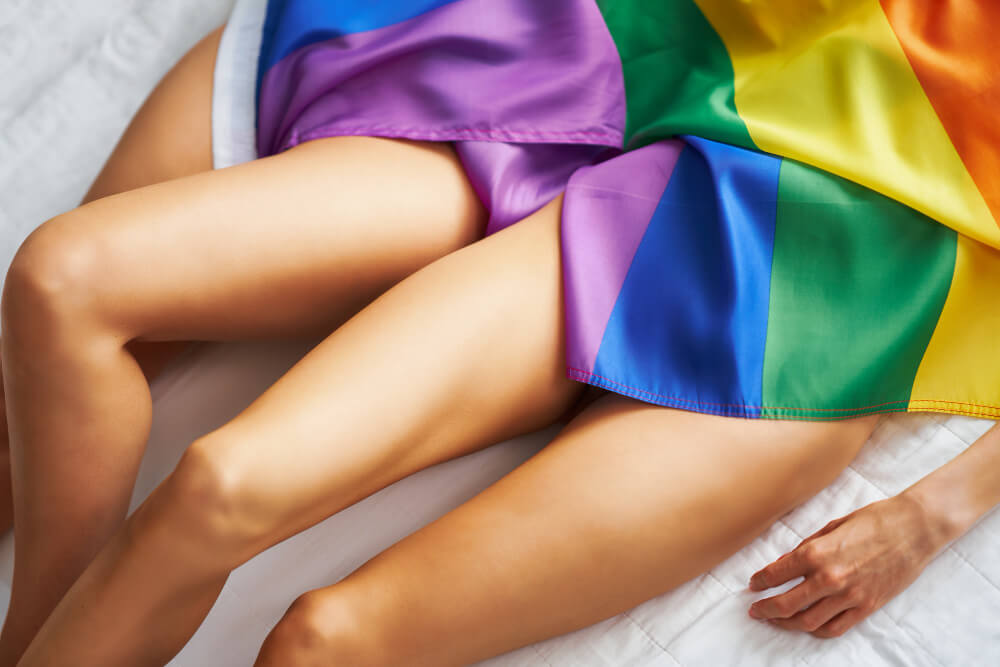Nowadays, everybody needs to feel comfortable in their skin and body regardless of how they identify, and LGBTQ community is one of them. People need to be able to control hair growth – where it is and where it isn’t – is more than just a cosmetic preference; it’s a gender-affirming act. Laser Hair Removal Treatment plans is a medical hair removal method that uses a concentrated beam of light (laser) to remove unwanted hair. There is some understanding of the situation of the LGBT community because of their unique need to remove their unwanted hair.
What is Laser Hair Removal Treatment?

Laser hair removal is a procedure to reduce and remove unwanted body hair. It’s not permanent hair removal; the results last longer than shaving or waxing. During laser hair removal, a laser emits a light that damages the tube-shaped sacs within the skin (hair follicle) that produce hairs. This damage inhibits or delays future hair growth. It usually doesn’t result in permanent hair removal. But for initial hair removal, multiple laser treatment will be nesseccery. This method can be successfully used on all skin types.
Is Laser Hair Removal Safe for LGBT people?
Laser hair removal is a safe and effective treatment for everyone in the LGBT community. While transgender laser hair removal may cause minor side effects like pain or discomfort, as well as red skin that may last for some time, you should expect mild stinging sensation during the procedure which most patients tolerate well.
Laser hair removal in the LGBTQ community

Transgender women can use laser hair removal to complete the facial feminization process and eliminate unwanted body hair on areas such as the face, neck, back, chest, shoulders, arms, legs, genitals, buttocks, and abdomen. Male laser hair removal works similarly; once they achieve their desired personal self-confidence and attractiveness through strategic treatments with laser technology they’ll feel much less self-conscious about themselves.
What is the average treatment season of laser hair removal for transgender people?
For facial hair removal treatment, around 8-16 hair removal sessions are required for smooth results. Each session is around six weeks apart! For a better and more effective result, you need to be patient. A minimum of 6 sessions could achieve up to 80-90% hair removal. However, hair growth is hormonal, so treatments can take longer depending on the body hormonal situation.
Is Laser hair removal for the LGBTQ community is painful?
By asking our LGBTQ friends, some have reported it being almost painless; others compared it to a painful tattoo, but everyone agreed that the treatment has been a huge step in feeling like their true selves again.
Conclusion
Suppose you are a member of the LGBTQ community and looking for friendly hair removal options. In that case, laser hair removal is a popular and excellent way, with long-lasting and painless results. Laser hair removal can be expensive depending on how many seasons you must pass, but it is usually worth the cost. It can minimize future hair removal costs since you will no longer need to use other hair removal methods.




